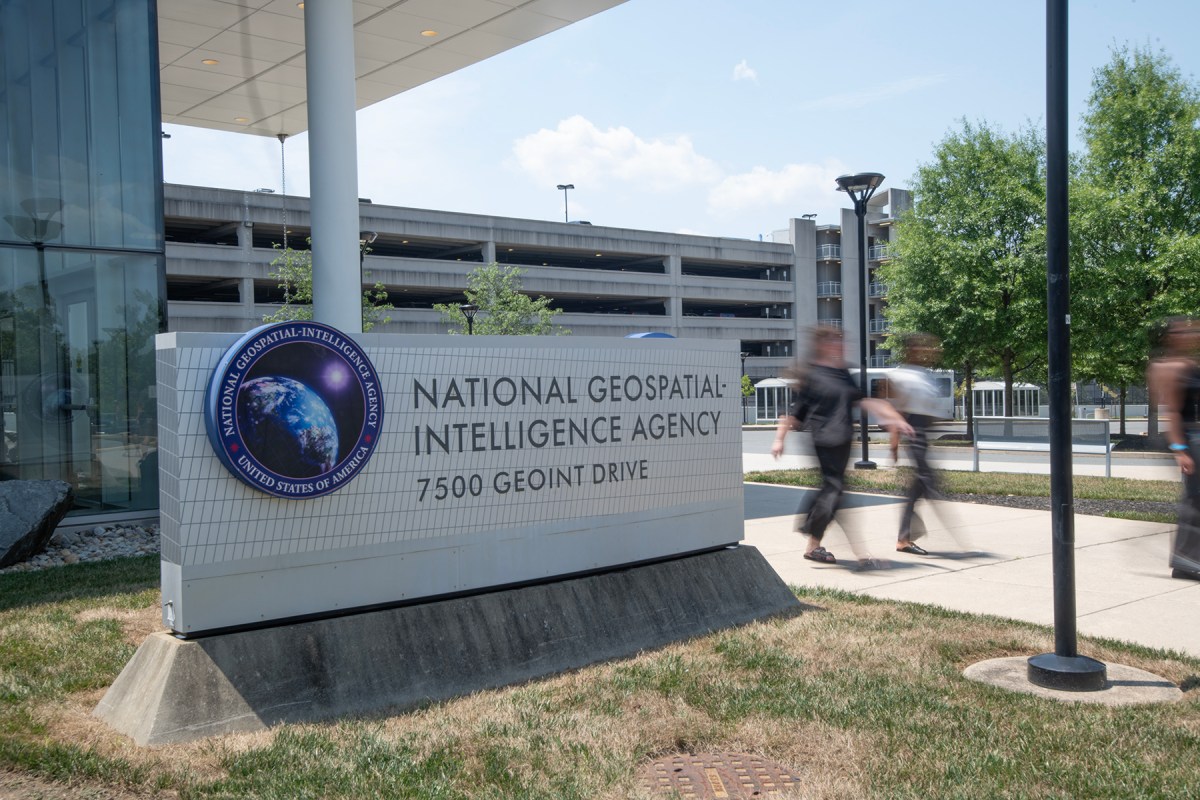WASHINGTON — The National Geospatial-Intelligence Agency is set to make a substantial investment in artificial intelligence capabilities, with plans to spend up to $700 million on data labeling services over the next five years.
NGA’s director Vice Adm. Frank Whitworth said the initiative represents the agency’s largest ever contract for data labeling, and aims to bolster NGA’s machine learning capabilities for analyzing satellite imagery and other geospatial data. Whitworth told reporters that a request for industry bids is expected to be released later this month.
“This represents a significant investment in computer vision, machine learning and AI,” Whitworth said. “NGA will engage with commercial partners to navigate the challenges posed by increasing levels of geoint data.”
Based in Springfield, Virginia, NGA collects, analyzes and distributes geospatial intelligence derived from satellite and aerial imagery to support national security, military operations and disaster response efforts.
Labeling raw dataThe multi-vendor indefinite delivery/indefinite quantity (IDIQ) contract will focus on annotating raw data such as images and videos to make it comprehensible for machine learning models. In the context of satellite imagery, this could involve labeling specific objects like buildings, roads, or vegetation.
Data labeling is a crucial step in developing supervised learning models, which make predictions based on labeled examples. In geospatial intelligence, these labeled datasets enable the training of models to interpret spatial data accurately, identifying land use types, detecting environmental changes, or classifying different types of infrastructure.
The accuracy of these models heavily relies on the quality of the labeled data, often referred to as “ground truth” data in the industry. The process typically involves human annotators who provide insights that machines may not fully grasp, ensuring that the models are trained on high-quality data that reflects real-world complexities.
By annotating images with bounding boxes or segmentation masks around objects of interest, NGA aims to develop computer vision models that can recognize and classify these objects in new, unlabeled images.
